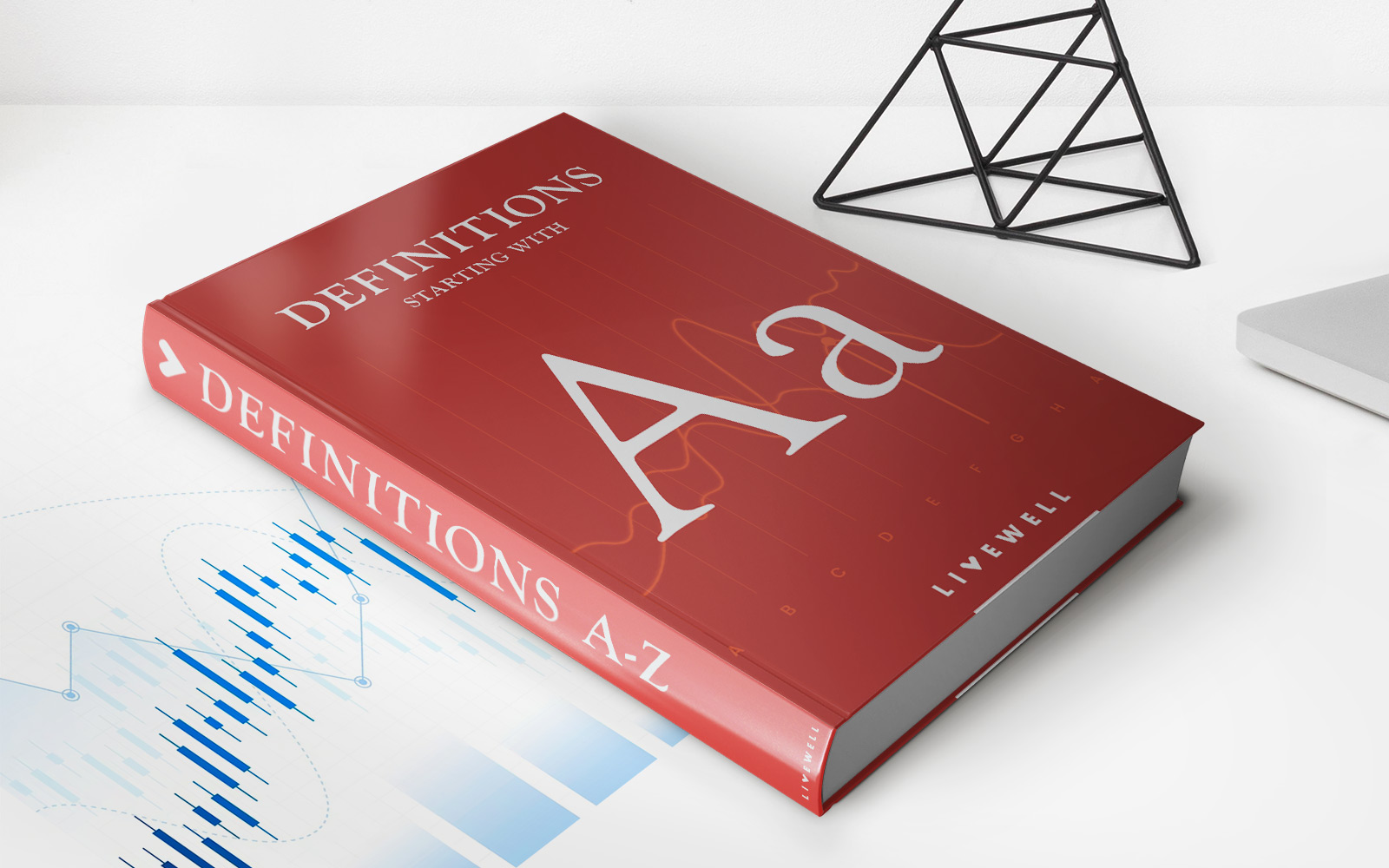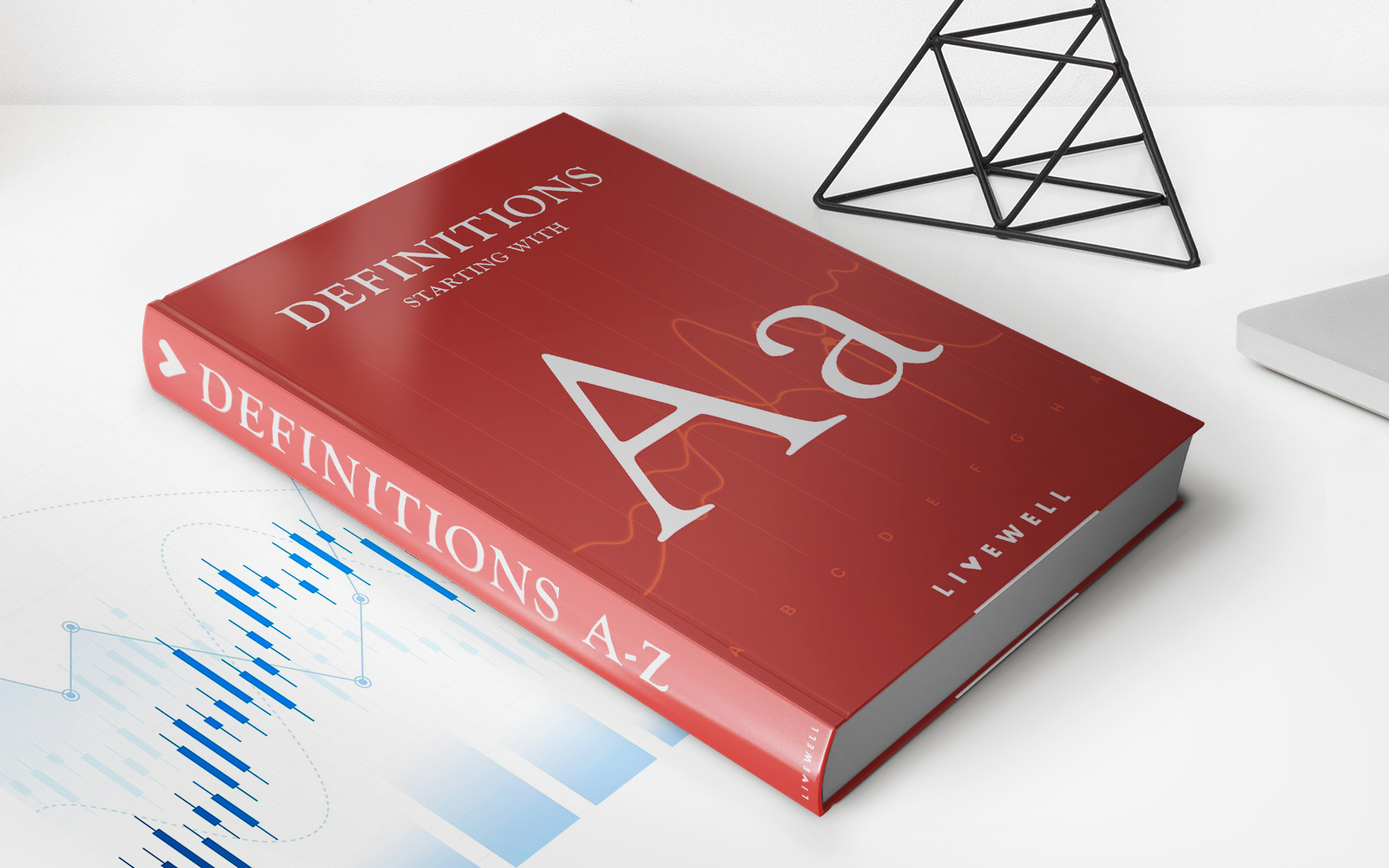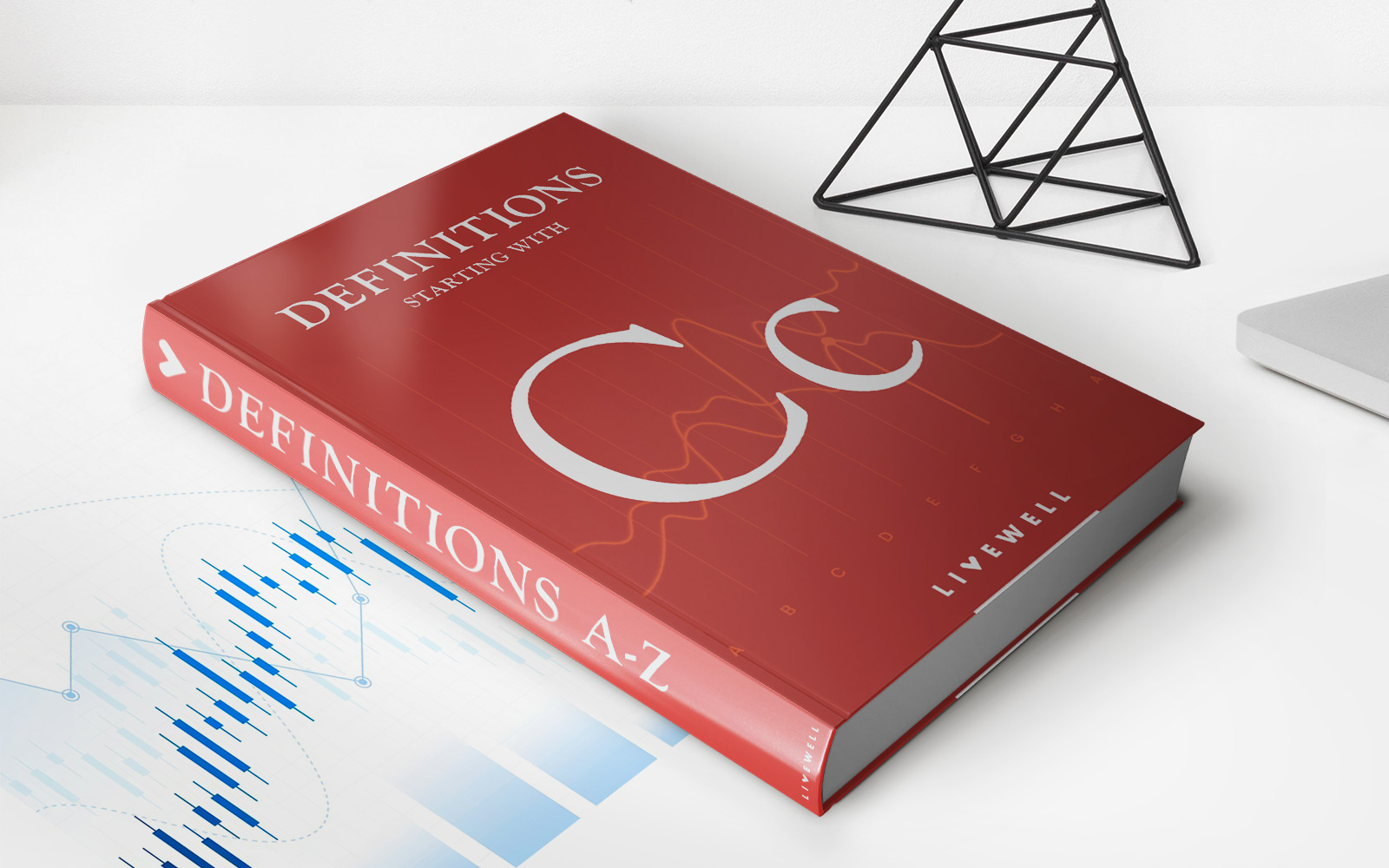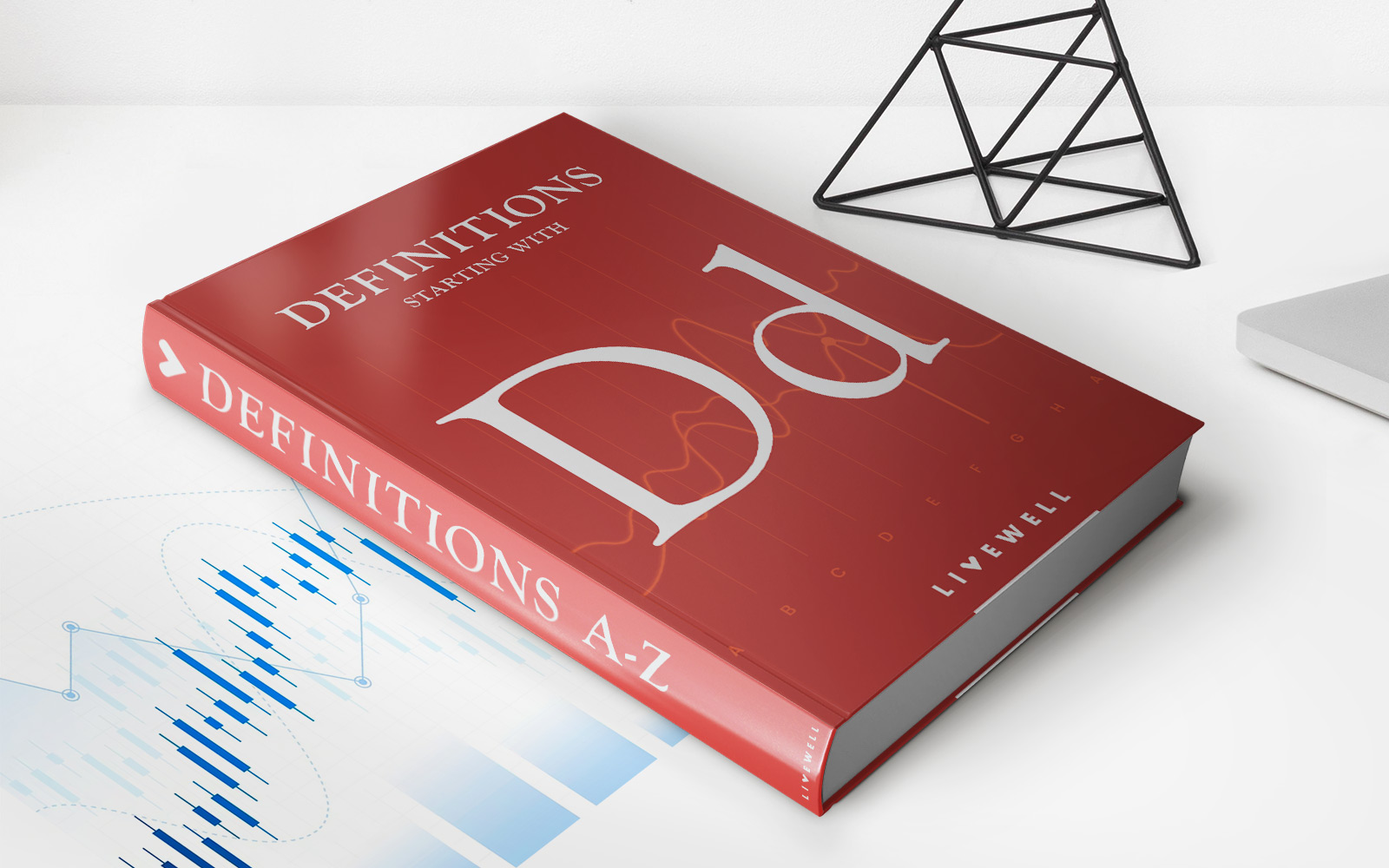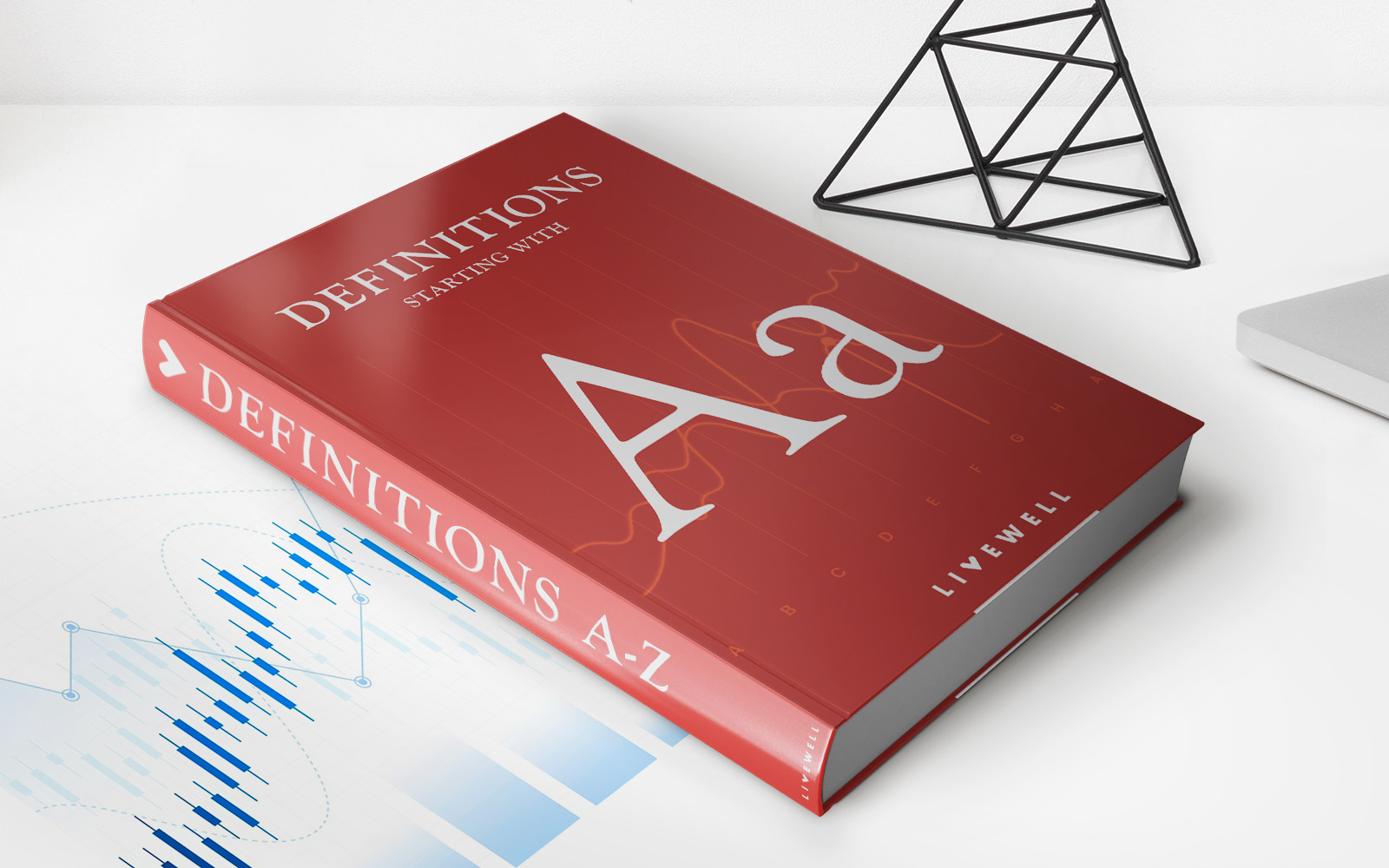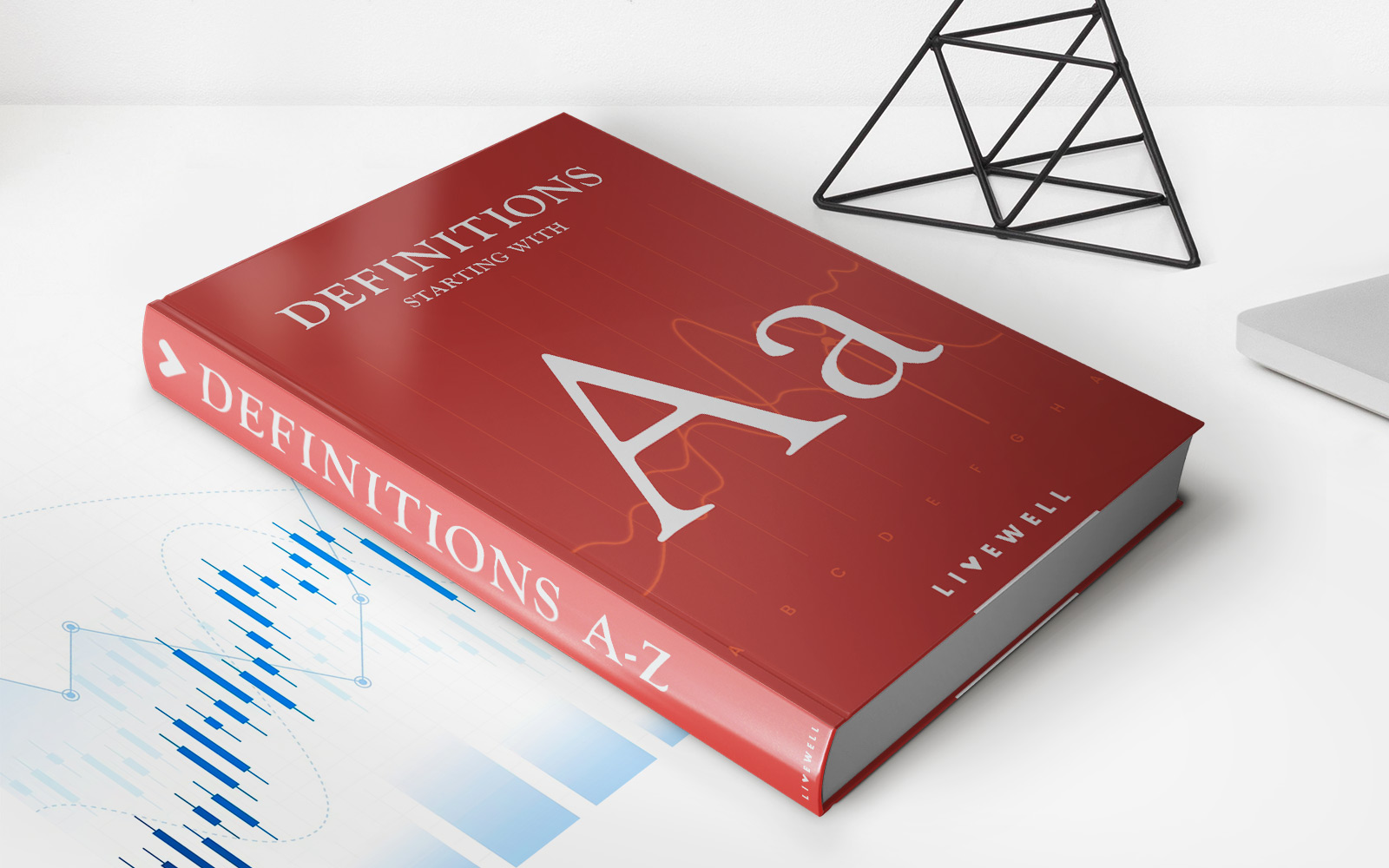Home>Finance>Weighted Average Coupon (WAC): Definition And Calculation


Finance
Weighted Average Coupon (WAC): Definition And Calculation
Published: February 17, 2024
Learn about the definition and calculation of Weighted Average Coupon (WAC) in finance to enhance your understanding of this important financial metric.
(Many of the links in this article redirect to a specific reviewed product. Your purchase of these products through affiliate links helps to generate commission for LiveWell, at no extra cost. Learn more)
Weighted Average Coupon (WAC): Definition and Calculation
Welcome to the world of finance, where understanding various concepts is key to making informed decisions. In this blog post, we will delve into the fascinating topic of Weighted Average Coupon (WAC), its definition, and how it is calculated. Whether you are an investor looking to analyze a bond portfolio or a finance enthusiast seeking to expand your knowledge, this article is for you.
Key Takeaways:
- Weighted Average Coupon (WAC) is a measure used to determine the average interest rate of a bond portfolio.
- WAC is calculated by multiplying the coupon rate of each bond by its respective weight and summing the results.
Let’s start by understanding what Weighted Average Coupon (WAC) actually means. WAC is a measure in finance that helps determine the average interest rate of a bond portfolio. This metric is essential for investors as it provides insights into the overall yield and performance of their bond holdings.
Now, you may ask, “How is the Weighted Average Coupon calculated?” Well, it is a relatively straightforward process that involves assigning weights to each bond in the portfolio based on their respective market values. These weights reflect the proportion of each bond’s value relative to the total value of the portfolio. To calculate WAC, simply follow these steps:
- List all the bonds in the portfolio, along with their coupon rates and market values.
- Calculate the weight of each bond by dividing its market value by the total market value of the portfolio.
- Multiply the coupon rate of each bond by its respective weight.
- Sum the results obtained from the previous step to get the Weighted Average Coupon (WAC) of the portfolio.
Let’s illustrate this with an example. Assume we have a bond portfolio consisting of three bonds:
- Bond A with a coupon rate of 5%, market value of $50,000
- Bond B with a coupon rate of 4%, market value of $30,000
- Bond C with a coupon rate of 6%, market value of $20,000
To calculate the WAC, we first need to calculate the weights of each bond:
- Bond A weight: $50,000 / ($50,000 + $30,000 + $20,000) = 0.5
- Bond B weight: $30,000 / ($50,000 + $30,000 + $20,000) = 0.3
- Bond C weight: $20,000 / ($50,000 + $30,000 + $20,000) = 0.2
Next, we multiply each bond’s coupon rate by its respective weight:
- Bond A contribution: 5% * 0.5 = 2.5%
- Bond B contribution: 4% * 0.3 = 1.2%
- Bond C contribution: 6% * 0.2 = 1.2%
Finally, we sum the contributions to get the Weighted Average Coupon (WAC) of the portfolio:
WAC = 2.5% + 1.2% + 1.2% = 4.9%
So, in this example, the Weighted Average Coupon (WAC) of the bond portfolio is 4.9%. This means that, on average, the bonds in the portfolio carry an interest rate of 4.9%.
Understanding the Weighted Average Coupon (WAC) can help investors make more informed decisions about their bond portfolios. By analyzing the WAC, investors can assess the overall yield and risk associated with their investments. Moreover, it can serve as a benchmark for comparing different portfolios or making strategic adjustments.
Now that you have a clear understanding of Weighted Average Coupon (WAC) and how it is calculated, you can confidently navigate the world of bond investments. Remember, knowledge is power, and when it comes to finance, informed decisions lead to success.
